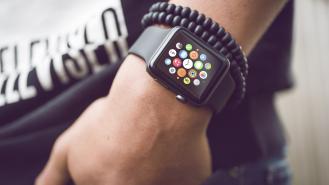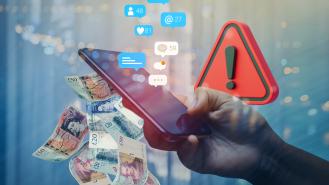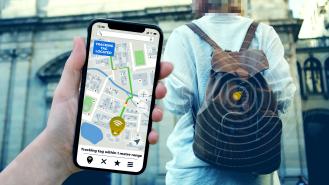
Can AI help to catch criminals?
In recent years, artificial intelligence (AI) technology has become more prominent in many industries, from finance to education. Public safety has also seen applications of AI, but many of these have been controversial. Read on to find out more about the use of AI in criminal justice, along with the risks.
What is AI?
AI is software that simulates human intelligence. It can make decisions and reason in a way that previously required human intervention. To do this, it is trained on existing data and uses algorithms to learn from it.
How can AI help to catch criminals?
AI’s pattern spotting ability is useful when it comes to large databases of information that need to be searched, such as:
Image analysis
One of the most prominent uses of AI is image and video analysis. AI can compare images much faster than humans can. This makes it very quick to recognise faces and fingerprints. For example, police are trialling software that analyses CCTV footage against a list of wanted offenders, helping them to find them much quicker in crowds. There is also software that matches faces in databases, along with software that allows operators to search for a specific face.
However, studies have shown that AI is much more accurate when it comes to recognising white faces. A false positive was much more likely with other ethnicities, with black women most likely to be incorrectly identified. Trials showed this technology to only be half as good as the human eye, even if it is faster.
Other image-based uses of AI include age progression on images, helping the police to find people years later.
DNA analysis
Criminals often leave behind skin cells and hair, as well as bodily fluids like saliva and blood. Forensics teams collect this evidence and then AI can analyse them and compare them to databases. DNA analysis technology has improved so much in recent years that it's now possible to detect tiny amounts of DNA, even when the DNA of multiple different people is present.
It's this extreme accuracy that can lead to challenges. Detecting more types of DNA means that it's more likely that the wrong people are linked to crimes.
Crime prediction
The field of AI crime prediction is wide. From banking to terrorism to theft, AI is being used to predict a range of crimes.
AI has been successfully implemented to detect fraudulent bank transactions. In the past, it was quite common for banks to flag transactions as suspicious when they were normal activity. In fact, there was a point in time when only 2% of flagged transactions were actually fraudulent. Using AI has greatly reduced the amount of incorrectly blocked transactions. Similarly, it has been used to predict and prevent cyberattacks.
Another use is to detect crime using CCTV footage. This is a controversial use, as it is limited by police data. It predicts when an arrest is likely to occur – though it can only predict crimes based on what the police already have in their database.
What are the risks of AI?
Many people are nervous about the increased use of AI. One major concern is that AI is only as good as the information fed to it. If a machine learns based on biased or incomplete data, it won't function properly.
Many people are also concerned about the privacy aspect of increased surveillance. The UK is already one of the most heavily watched nations in the world, but in places like China, facial recognition technology is being used to monitor citizens. The technology is often ahead of the law, making it unregulated and potentially unpredictable.
Currently, AI is most successful when used with humans rather than replacing them. This is partly to verify its accuracy, and partly to identify and fill gaps in its knowledge.
What else could AI do to solve crimes?
With technology evolving rapidly, the implementation of AI is growing. Trials were recently held at Humberside Police Force for a live transcription service that analyses emergency calls. The software would use the information mentioned and compare it to databases, supplying operators with supplementary information. This could then help it to determine the urgency of cases and prioritise them accordingly.
Information about the vast majority of people is readily available on social media. AI can help legal teams sift through it and find crimes that would take humans a long time to detect.
Interested in the use of AI in public safety and crime investigation? Read more about the debate around facial recognition technology.








